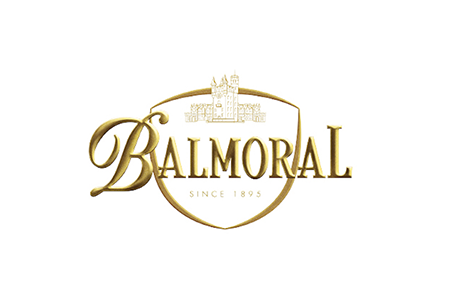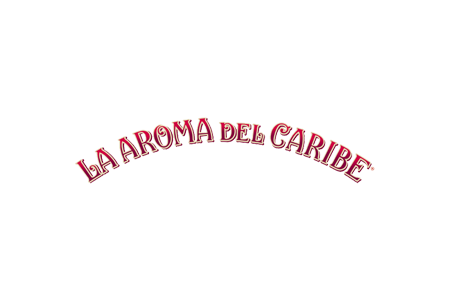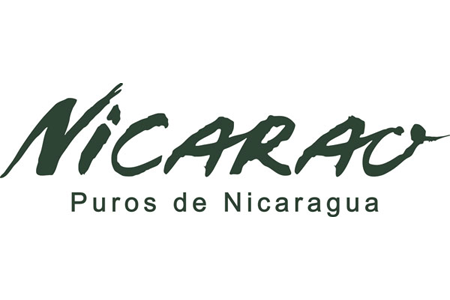CHARACTERISTICS OF A CIGAR
Sizes and shapes greatly affect the smoking experience. Longer cigars allow the smoke to cool as it travels to the palate while shorter cigars deliver a hotter, more intense flavour from the start.
Thinner cigars burn more quickly and due to the narrow aperture, deliver more concentrated flavours on the tongue, giving a sharper taste.
Heavy ring gauge burn more slowly and deliver a large volume of ’rounder’ smoke that drenches the palate with a full mixture of flavours.
The industry hasn’t standardised any of the shapes, sizes and their measurements and each brands interpret these in their own way.
Cigars come in all sorts of shapes, sizes, synonyms and conflicting terms used by different circles.
For instance, the Cubans may call a type of cigar a Prominente whilst the American market will refer to it as a Double Corona or a traditional Cuban sizes that are becoming quite rare but the American market has began borrowing a few terms as well as making their own.
CIGARS FORMS
Any cigar that has a single continuous ring gage from foot to head is considered to be "straight", parejos. Parejos can have round, conical or pigtail heads. They most have an open foot for lighting and need to be cut before smoking. They may be either round or box-pressed.
The box-pressed cigar, has a square-shaped finish, burn longer and provide a consistent flavour.
Box-pressed cigars were originally introduced as a way of saving money. Instead of spacing out normal Parejo cigars in a box, they were pressed and crammed into a smaller one so more could be transported.
Vitola de Salida is market or commercial name. The cigar is sold under this name. This name appears on price lists and the cigar packaging.
Figurados or Fancy cigars are any cigar with a non-uniform shape, normally tapering at one or both ends. This was the most common style of cigar until the 1930s, and has gradually fallen out of favour since then. Figurados can only be rolled by the most experienced rollers.
Examples of figurado shaped cigars are Diademas, Tacos, and Pirámides. Culebras, which are three straight cigars twisted together, are also considered Figurados.
CIGAR NAMES
Vitola de Salida is market or commercial name. The cigar is sold under this name. This name appears on price lists and the cigar packaging.
It is a specific name and identifies a single unique cigar. For example, Cohiba Lanceros is a Market name.
This is the name used by the factory to define a specific cigar size. This name might appear on catalogue lists but it does not usually appear on the outer cigar box packaging. If the cigar is a
special release and comes with an internal flyer describing the cigar, this will often list the vitola de galera.
In the above example of the Cohiba Lanceros, its factory name is Laguito No.1.
Common names are general slang terms that are used to identify particular groups of cigars with a similar shape, ring size and length. These names are not used by the factories and generally not by retailers.
For example, the Cohiba Lanceros is commonly called a Long Panetela. There are many cigars that fall within this common name description.
Common names are slang and therefore lack precise definition and their usage varies between regions. In Paul Garmirian's 1990 Gourmet Guide to Cigars, only a single Robusto is listed. He calls a longer version of the Robusto a "Toro"; a common term used in the USA, but not used to describe Cuban cigars.
Some of these Alternate Names are obsolete terms and some are particular to certain regions and countries.
| Common names | Alternate Name |
|---|---|
| Churchill | Julieta, Esplendidos, Prince of Wales, Coronas Gigantes |
| Cigarillo | Demi Tasse, Minis, Midi, Club, Chicos, Carolinas, Puritos |
| Corona Extra | Robusto Royal |
| Double Corona | Giant Corona |
| Giant Perfecto/ Corona | Diamedes, Gigantes, Immensos |
| Grand Corona | Corona Gran, Gran Corona, Corona Grandes |
| Long Panetela | Grand Panetela |
| Common names | Alternate Name |
|---|---|
| Robusto | Rothschild, Royal Corona, Robusto Royal |
| Robusto Extra | Toro, Super Robusto, Grand Robusto, Long Robusto |
| Petit Corona | Tres Petit Corona |
| Petit Robusto | Short Robusto |
| Pyramid | Torpedo, Belicoso |
| Short Panetela | Belvedere, Ascot |
Wrapper Shade Colors
Wrappers come in many finely distinguished shades of colour. The colour of a Habano wrapper is purely natural in origin without any artificial process. Leaves from the upper levels of the plant are naturally darker, and become darker still in the course of fermentation.
Havana cigar brands can be broadly categorised into five main colors and cigars from other countries into seven.
Depending on the methods used for curing and fermentation, a wrapper can come in a multitude of colours. The wrapper’s appearance will say a lot about a cigar as the tobacco will develop a particular colour due to the cultivation, curing and ageing processes. It’s important to remember that the colour isn't always a reliable indication.


















































